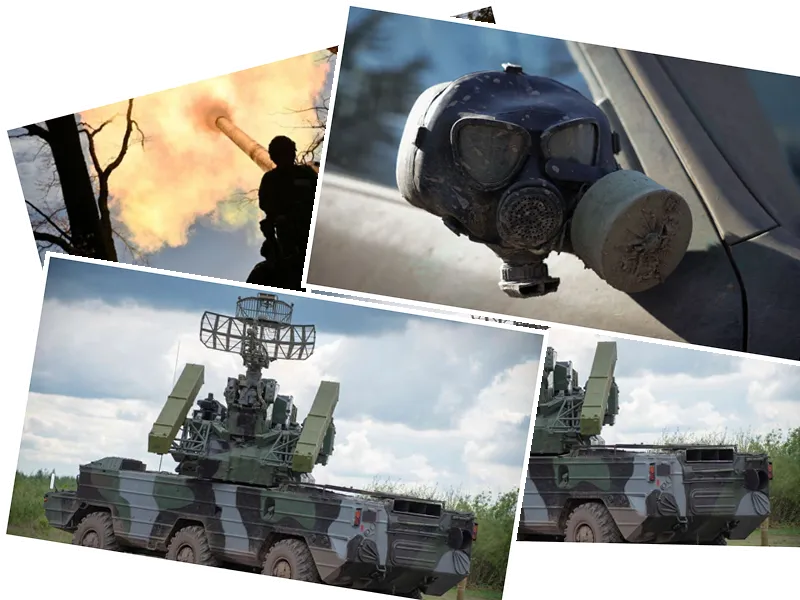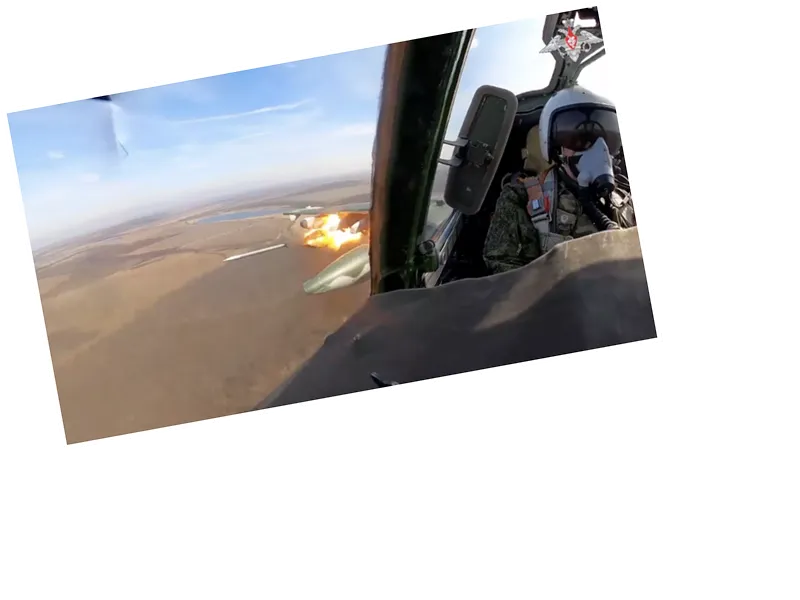The Ukraine war continues to witness a significant deployment of kamikaze drones, underlining their critical role in modern combat. Ukraine has effectively utilized these unmanned aircraft to inflict substantial damage on Russian military equipment. Specifically, a recent video showcased by the Ukrainian military on social media platform X reveals the destruction of an R-416GM, a modern Russian mobile communications station, by Ukrainian special forces. This pivotal assault disrupted key communication lines between Russian command posts and their army units.
FPV (First Person View) drones, costing only a few thousand dollars, have been instrumental for Ukraine, allowing it to counter Russian equipment valued at millions. This economical warfare method is particularly effective given the ongoing artillery shortages faced by Ukrainian forces. These small drones are equipped with explosive devices, making them capable of targeting high-value assets and disrupting significant military operations. Recently, these drones have also been employed to strike deeper into Russian-held territory, displaying their versatile application in the conflict.
Russia too has adapted to this new paradigm of warfare, frequently sharing videos of drone assaults on Ukrainian positions. Both nations have scaled up the production of small FPV and larger combat drones, each side leveraging the technological edge that these devices provide. The FPV drones are remotely controlled with video glasses, allowing precise strikes from a first-person perspective.
In a show of solidarity, Western allies, notably Lithuania, have pledged to equip Ukraine with an additional 3,000 combat drones aimed at bolstering its defense against Russian aggression. Lithuanian Prime Minister Ingrida Simonyte announced a purchase of drones worth two million euros to support Ukraine's military efforts.
Separately, the Donetsk region remains a critical front, with the Pokrovsk area facing intensified Russian firepower. Ukrainian officials reported six injuries in the town of Seledov following overnight air strikes by Russian forces, highlighting the ongoing challenges faced by civilians caught in the conflict. Cross-border air attacks have surged, with Ukraine and Russia exchanging drone and missile strikes that have led to significant infrastructural damage and further escalated tensions.
The Russian Defense Ministry reported shooting down 87 Ukrainian drones overnight, indicating 70 targeted the Rostov region, a crucial area for Russia's military operations against Ukraine. Concurrently, Ukrainian defenses managed to intercept 24 out of 31 launched missiles and drones during the same period. Despite these defensive measures, drone attacks have caused substantial damage, including power outages and injuries.
Amid the heightened conflict, Russian President Vladimir Putin proposed an immediate ceasefire and negotiations, contingent on Ukraine withdrawing from contested regions and abandoning its NATO membership ambitions. However, this proposal was swiftly rejected by Kiev, which deemed the conditions as unrealistic and equivalent to surrender, a stance supported by Washington, emphasizing that Putin cannot dictate peace terms.
- The war in Ukraine underscores the profound impact of drone technology on modern warfare, transforming strategies and outcomes. The financial disparity between the cost of drones and the value of the equipment they destroy signifies a paradigm shift in military engagements.
- The international community's support for Ukraine, particularly through advanced technological aid, highlights a unified stance against aggression and underscores the importance of strategic alliances in contemporary conflicts. With drones becoming an integral part of the arsenal, the dynamics of military power are rapidly evolving.
- The humanitarian impact on regions like Donetsk and neighboring areas remains severe, with civilians bearing the brunt of the conflict. The escalation of cross-border attacks has exacerbated the plight of residents, making immediate humanitarian intervention a critical need.






